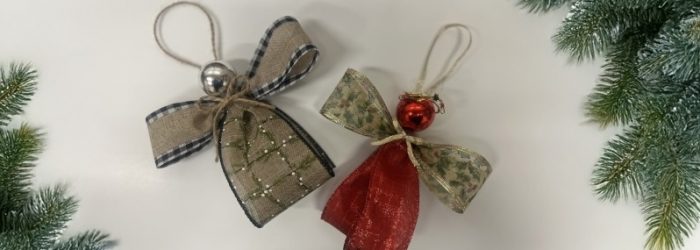As preschool educators, one of the most important things we can do is teach our students the skills that enable them to learn to read and write. Phonics is one of the most popular methods of doing this because it is easy and logical to understand, so it helps children become confident in their ability to decipher words. Phonics is the true foundation of reading. At Abeka, we use a phonics approach that helps students to develop the necessary tools to decode and analyze words. With phonics, your students become fluent, confident, and careful readers. But why phonics and not another method?
“Whole word”, also known as “sight words,” is the contrasting method to phonics. When a student reads by sight, they memorize the shape and outline of a word. With this method, a students’ reading fluency (how accurately, quickly, and properly they’re able to read) is connected to memorization rather than analysis and comprehension, limiting their reading fluency over time. Phonics helps students regard the individual letters and combinations in order to analyze a new word.
Abeka’s phonics approach can be broken down into six basic steps.
1. Learn to recognize short vowels and their sounds.
Students can work with flashcards and charts on their short sounds for the letters A, E, I, O, and U.
2. Learn to recognize consonants and their sounds.
In the classroom, you can use pictures to relate familiar objects and animals to the letter at the beginning of each word of those objects.
3. Learn to blend the vowels and consonants.
Put the two previous steps together by combining the vowel sounds and consonant sounds they’ve already learned. Because we read left to right, Abeka emphasizes the blend at the beginning of the word, not the end like other programs.
4. Learn to sound out one-vowel words.
Using the consonant sounds and vowel sounds, students can now learn to combine the two in simple one-vowel words. For instance, m-a says “ma”, add the t, and the word becomes “mat”. Students will recognize within these words that there is only one vowel, so they’re able to emphasize the short vowel sound, and then work in the future to identify two-vowel words.
5. Learn the sounds of the long vowels + learn to sound two-vowel words.
When there are two vowels in a word, the first one is a long sound, and the second one is silent. For example, “rain”. The “a” is a long vowel, and the “i” is silent. So, once a student is able to identify and mark those, they will be ready to sound out the two-vowel word.
6. Learn and apply special phonics sounds.
This step is typically not addressed until kindergarten. Special sounds, like “ck” in “duck,” represent 132 common letter combinations in the English language. Some can be sounded out, but by learning to identify these sounds instantly, the student will be able to move more fluidly and quickly through words on a page. In turn, their reading comprehension expands.
Seeing the joy and accomplishment in their eyes when our students are finally able to sound out a word is a priceless reward for our dedication to enriching young minds. What an honor it is to be able to lay the foundation for a love of reading in your students!
For more on teaching preschool phonics, watch Miss Charity Kerr’s informative video lesson entitled “A-E-I-O-U Spells Fun!” from the 2021 Abeka Online Summer Seminar.




Comments for A-E-I-O-U Spells Fun: A Preschool Phonics Overview
Add A Comment
Your email address will not be published. Required fields are marked *